Researchers make use of medical waste
 |
| Corals are processed for use in skeleton replacements. (thanhnien.vn) |
Tran Cong Toai, the faculty’s dean, told Thanh Nien (Young people) newspaper that the research on transplant materials was conceived in 1989, starting with the application of freeze-dried amniotic membrane into skin grafts for people who suffered serious burns or injuries.
Researchers used amniotic membranes of healthy pregnant women to create biological membranes which then would be applied onto burnt patients using the same technique as a skin graft. Those amniotic membranes had to meet high standards set by the American Association of Tissue Banks.
| “Corals are washed, remodeled, implanted with stem cells and cultured in a month. Corals then will gradually turn into bones after a certain period of time. The application of corals is found in several fields including the dental implant or eyeball replacement,” Toai added. |
In 2002, they conducted the project of cell transplant onto amniotic membranes and its therapeutic application. In 2006, the research on keratinocyte cell culture was first implemented. Therein, a small piece of skin from a burnt person was separated to take its stem cell, which would be cultured in three weeks to increase its size up to 25 times. The stem cell was then embedded into an amniotic membrane and implanted on a burnt person’s skin.
“In the 90s, we processed about 10,000 pieces of amniotic membrane, size 10x20 centimeters (cm), a year,” said Toai.
The cost to culture stem cells on a piece of amniotic membrane size 10x10 cm was VND1.5 million ($66). Due to the financial shortage, researchers could not mass produce the stem cells and had to prioritise burnt people with urgent demands for skin graft, according to Toai.
Besides practising stem cells culturing, they do research on the use of coral as human bone replacement with coral samples taken from Binh Thuan province and Phu Quoc island with the support of Vietnam Institute of Oceanography in Nha Trang city.
Ngo Van Hong, head of Department of Ophthalmology under Cho Ray Hospital, said that the hospital doctors only used biological membranes made by the faculty for their patients.
Nguyen Minh Khai, director of Ho Chi Minh City Hospital of Ophthalmology, also highly appreciated the impacts of those products on patients, saying most of their patients had eyeball surgeries using the faculty’s products.
However, researchers are pondering how to approach a wider range of patients and hospitals.
“As we specialise in researching and teaching, it is impossible for us to mass produce skeleton replacements and biological membranes. This is the common weakness among Vietnamese universities,” Toại said.
Therefore, the faculty’s researchers have proposed a plan to build a research centre on products’ clinical applications and technological transfer to the university so that more patients can benefit from these medical innovations.
What the stars mean:
★ Poor ★ ★ Promising ★★★ Good ★★★★ Very good ★★★★★ Exceptional
Latest News
More News
- Hanoi pilots electronic health record solution (November 10, 2024 | 12:25)
- Vietnamese consumer sentiment outperforms regional averages (November 08, 2024 | 18:00)
- Japfa Vietnam serves nutrition to 1,500 children to year-end (November 06, 2024 | 16:32)
- Tan Hiep Phat - three decades of serving society (November 04, 2024 | 17:58)
- Hanoi to restrict polluting vehicles across key districts (November 04, 2024 | 16:29)
- Hoan My Medical Group launches breast cancer screening to support community health (November 02, 2024 | 10:56)
- Vietnamese students explore the future at STEAMese Festival (October 28, 2024 | 16:55)
- Honouring ‘Green Warriors’ on Vietnamese Women’s Day (October 21, 2024 | 15:16)
- Swing for the Kids charity golf tournament kicks off (October 13, 2024 | 09:00)
- Swing for the Kids 2024 tees up opportunities for Vietnam's youth (October 12, 2024 | 10:00)




 Tag:
Tag: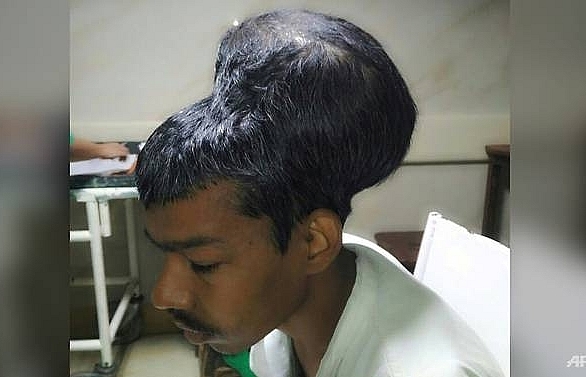
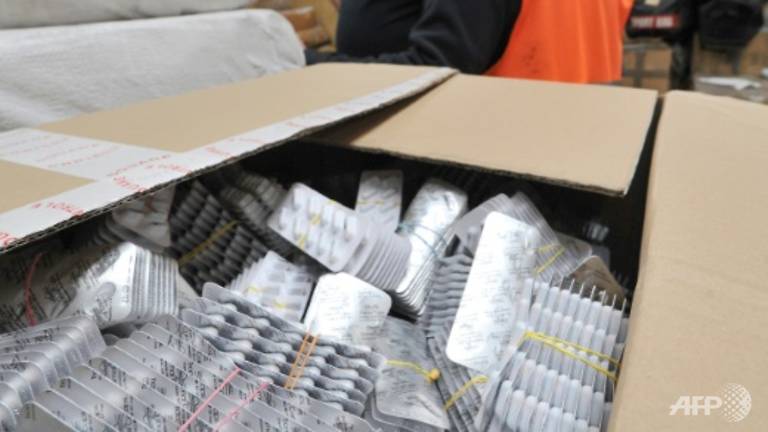


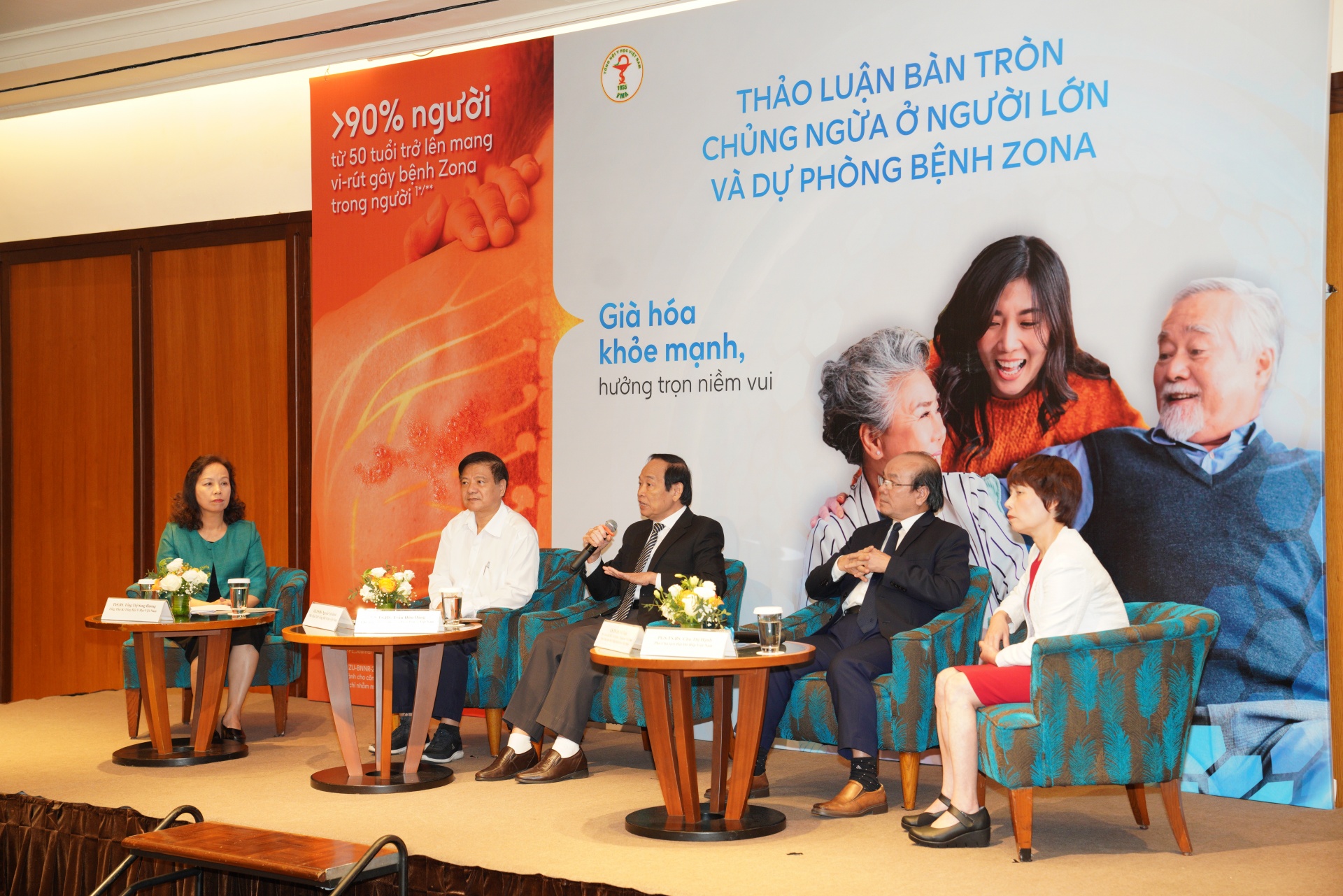
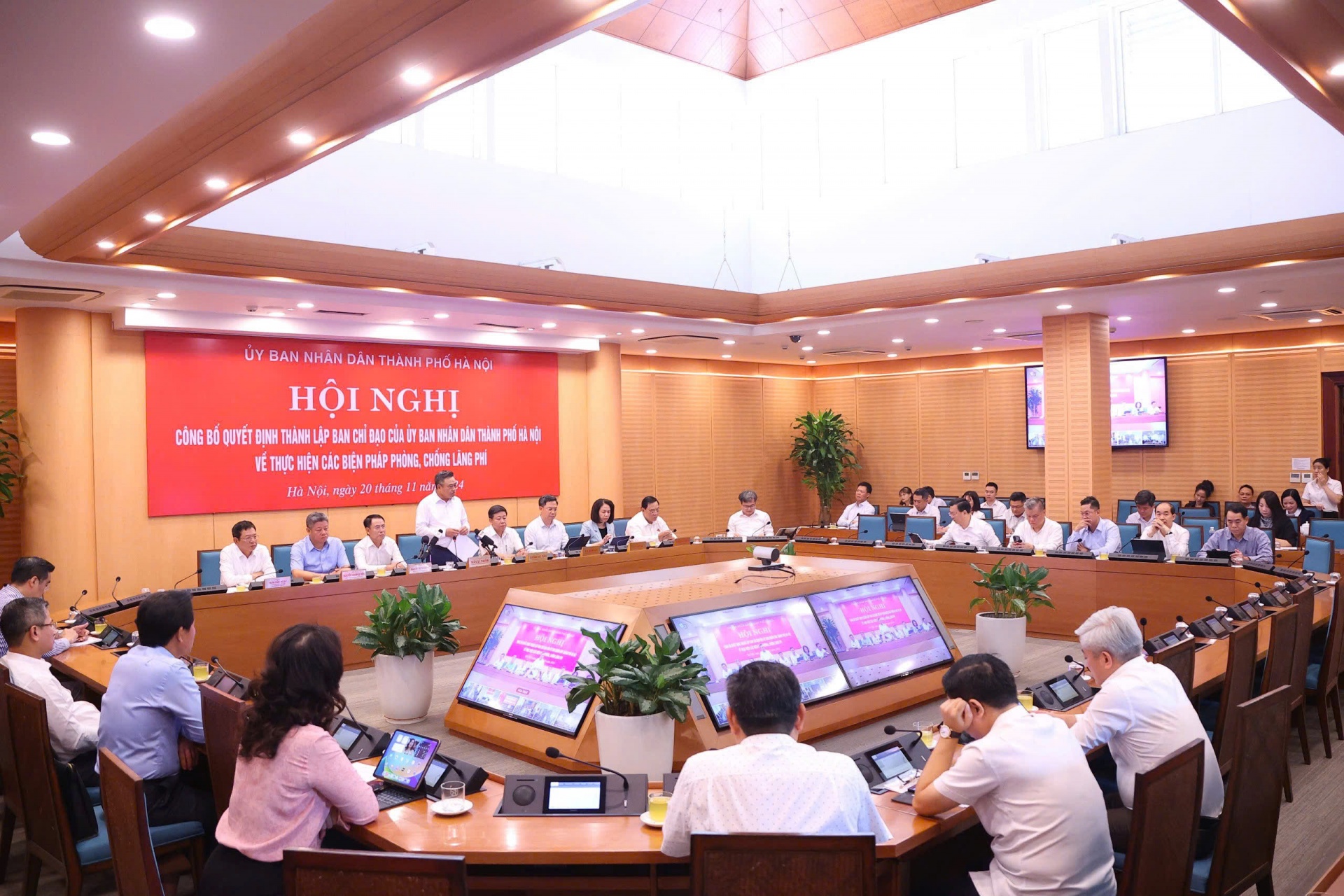

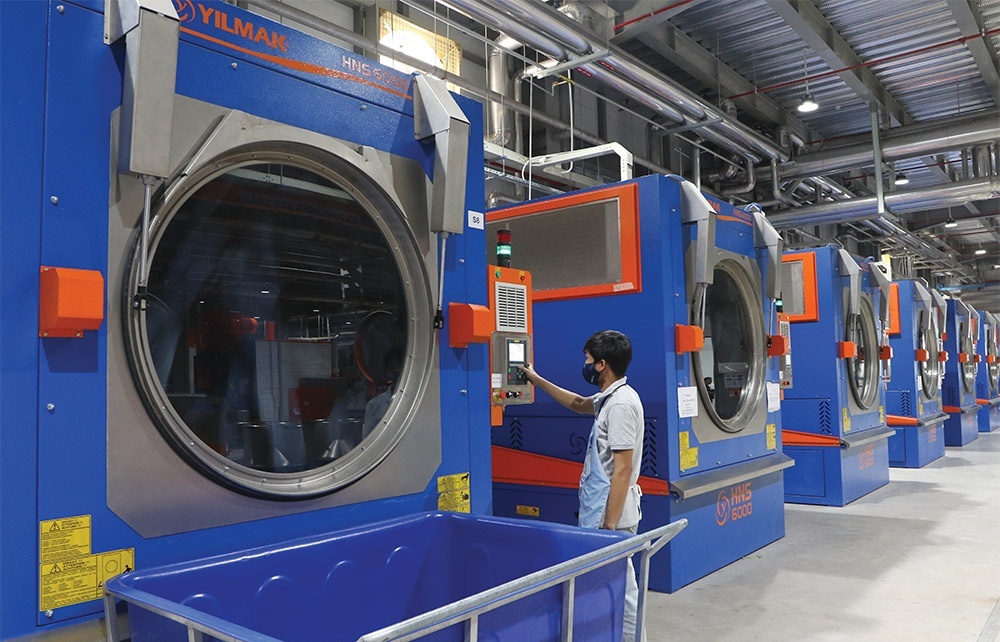
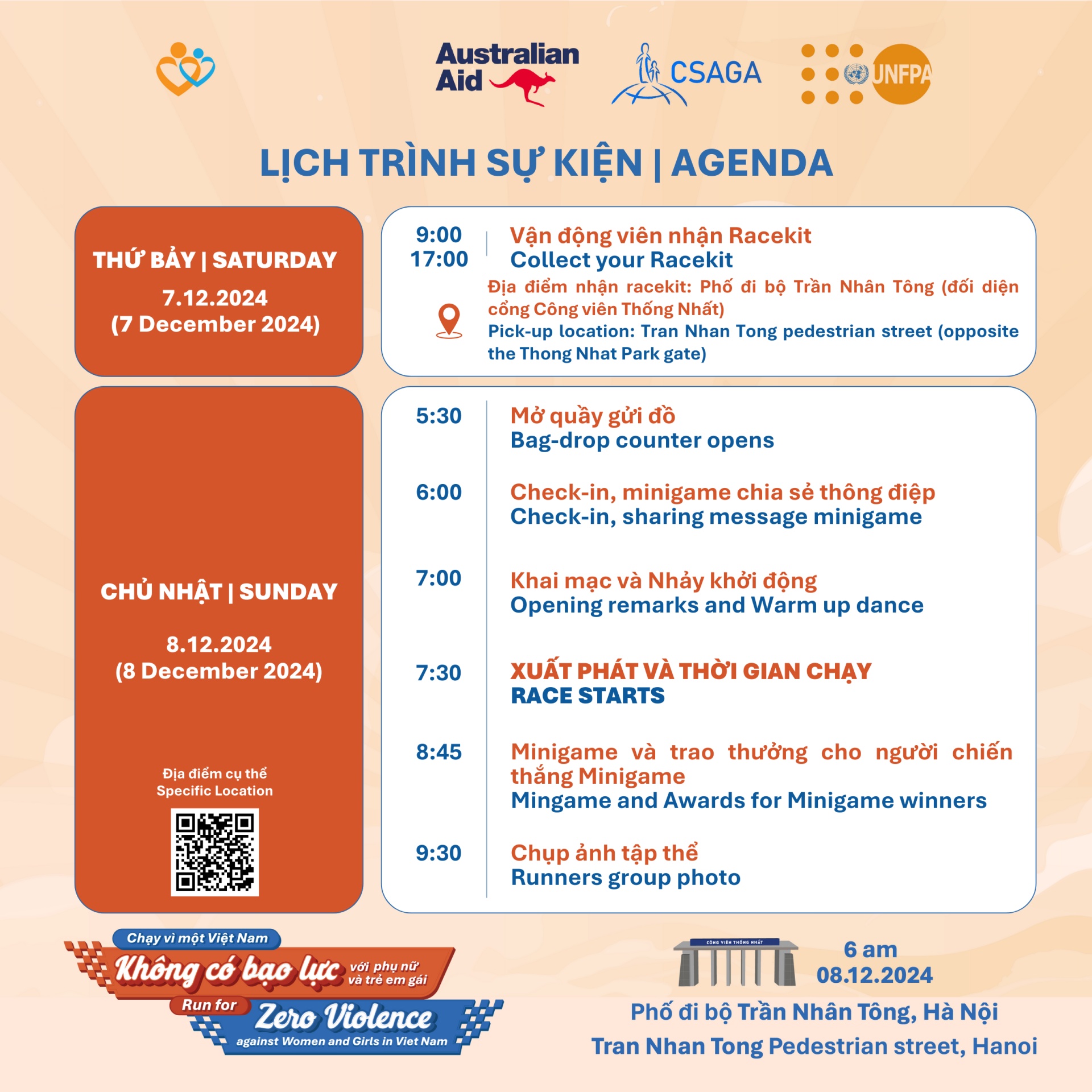








 Mobile Version
Mobile Version